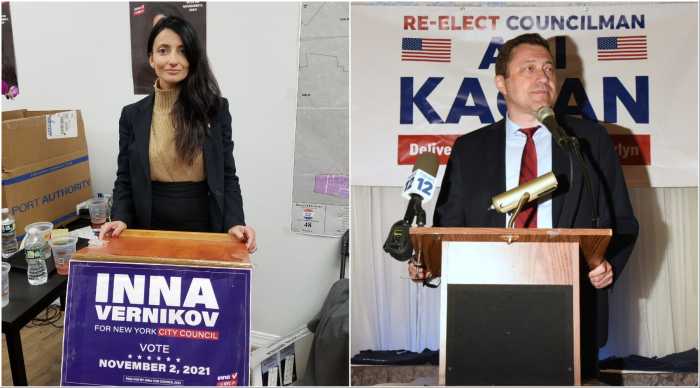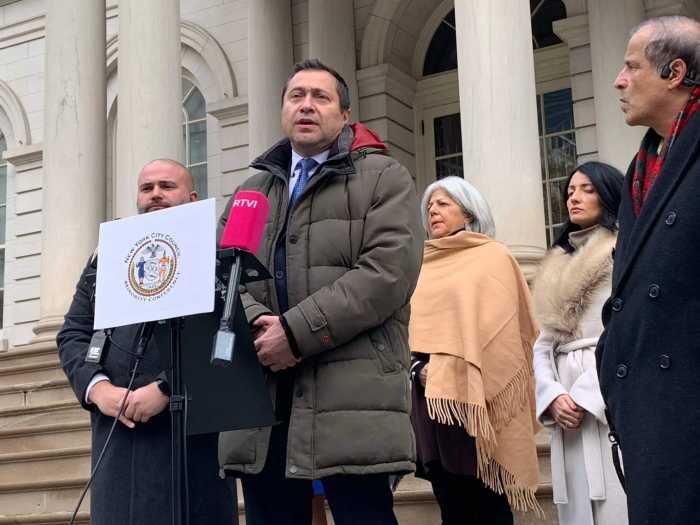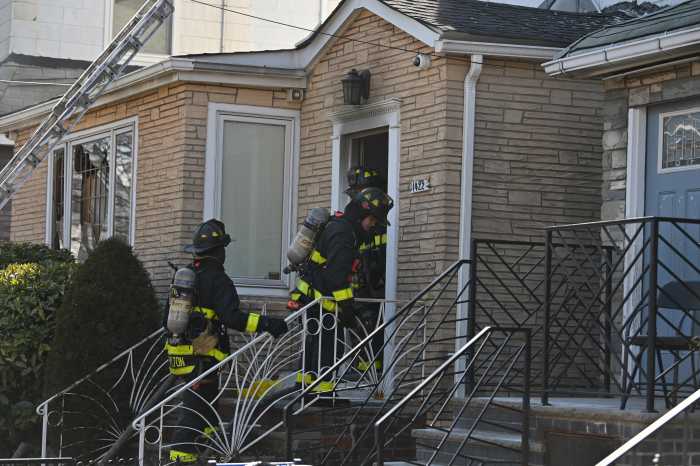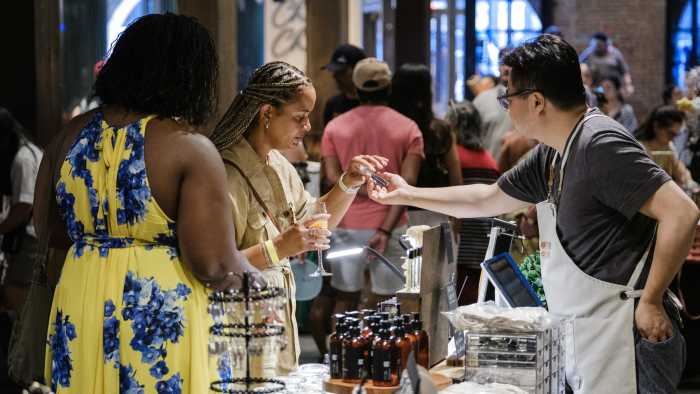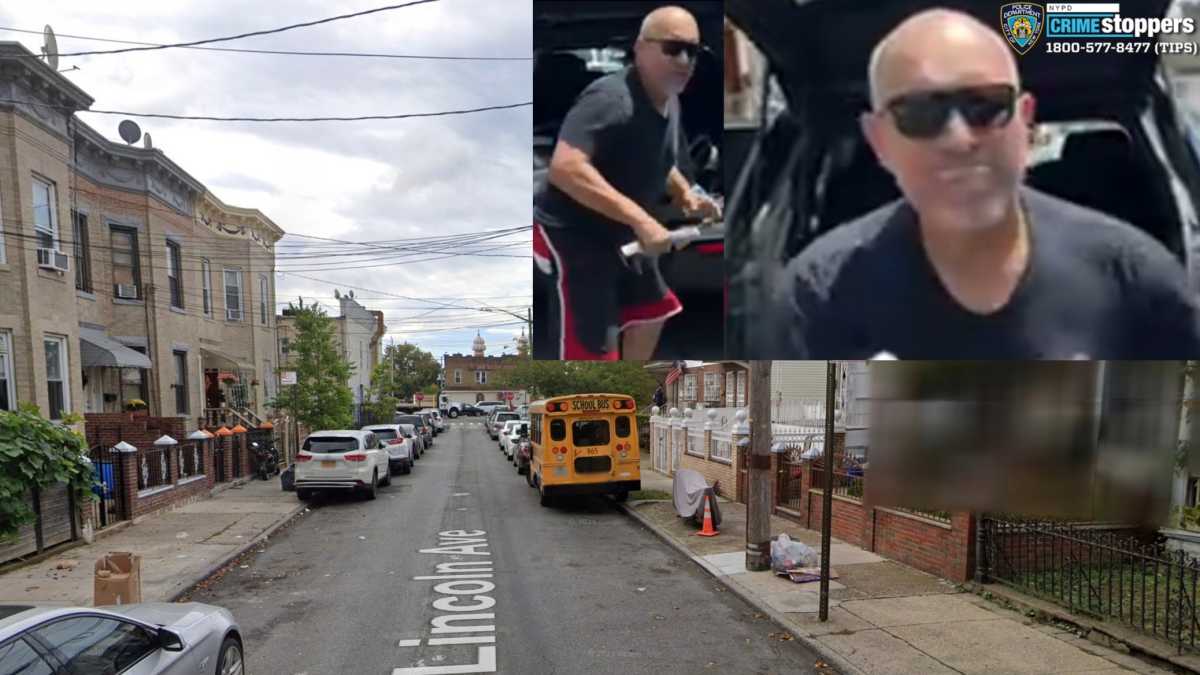There’s treasure, there are treasure troves, and then there are senior centers.
Sometimes opportunity beckons from the most unlikely places. Where some might see only a collection of codgers living out their twilight years, a documentary filmmaker looked at a Midwood senior center and saw a treasure trove of Brooklyn lore waiting to be discovered.
“Some of these people have been living in Brooklyn for 90 years,” said documentary filmmaker Dempsey Rice. “It’s been amazing working with them.”
In 2010, after the release of “Forget Me Nots,” her film about memory and personal stories, Rice applied for a chance to work with Brooklyn’s most venerable through a city-run program called Seniors Partnering with Artists Citywide.
The city approved the plan and gave Rice a classroom on the outskirts of Midwood. In a facility called the Council Center for Senior Citizens, Rice set up a modest, one-woman studio. There she spent the next two years probing Brooklyn’s past through the memories of the men and women who made it.
“I started speaking to people about their lives,” Rice said. “I didn’t have a specific agenda. I intended to let people go in whatever direction they wanted to. I had some questions to start them off, but the idea was so see where they could take me.”
After hundreds of interviews with dozens of subjects, Rice had recorded a trove of stories that ranged from the epic to the mundane. One minute she might be talking to man about his wartime adventure across Europe, the next she might be speaking to a woman about the piece of cloth that made one Christmas special.
“Sometimes they talk about really profound stuff, and other times they talk about little things,” said Rice. “One woman, named Milly Barnathan, talks about the cloth pin dolls her mother made for her. It’s not a story of life or death, but it speaks to the fact that her family couldn’t afford a lot of toys. So, her mother would take these strips of cloth and make them for her.”
In Brooklyn many artifacts of the past are reappropriated for the future, and one trend — in a city of many, many trends — has seen artists and young people taking up residence in buildings that 70 years ago nobody wanted to live in.
“I knew there were tenements in Brooklyn, but I’d never talked to someone who lived in one when it wasn’t trendy,” she said. “They paid $14 in rent to live in a slum. The air conditioner was the roof, and for a fire escape, you opened the window and hoped for the best.”
Even the simple pleasure of taking a shower could be a precious, and decidedly odd, endeavor in those halcyon days.
“We’ve seen those Lower East Side apartments that have a shower in the kitchen, but a lot of these people lived in places where everybody shared a toilet down the hall, and they took a bath once a week,” Rice explained. “They filled up a tub in the kitchen and set up curtains so you had some privacy.”
The past was in many ways otherworldly and certainly not without hardship. But for all that Brooklyn has gained in convenience, the march toward modernism has stripped the borough of things less tangible, but equally precious.
“A woman named Angela Sorge told me about how she knew everybody in her building,” Rice recounted. “Nobody locked their doors and, yeah, you had to walk down the hall to use the bathroom, but there was a plus side. The building was a community.”
Rice has compiled all her interviews on her website entitled the Listening Project: Brooklyn (www.listeningprojectbrooklyn.com). Everyone is invited to peruse the hundreds of vignettes, which shed light on the Brooklyn that was.
Reach reporter Colin Mixson at cmixson@cnglocal.com or by calling (718) 260-4514.




